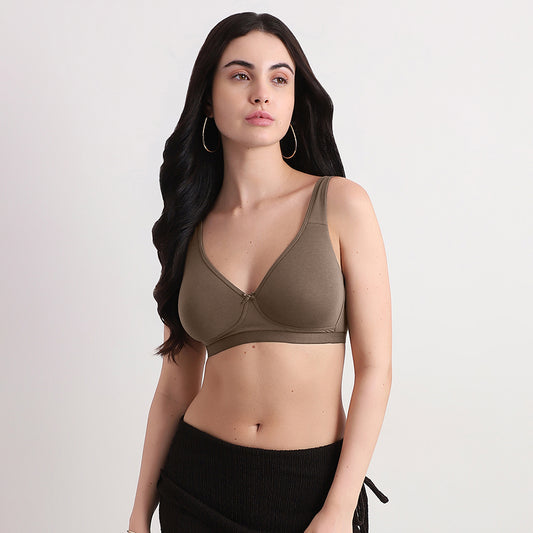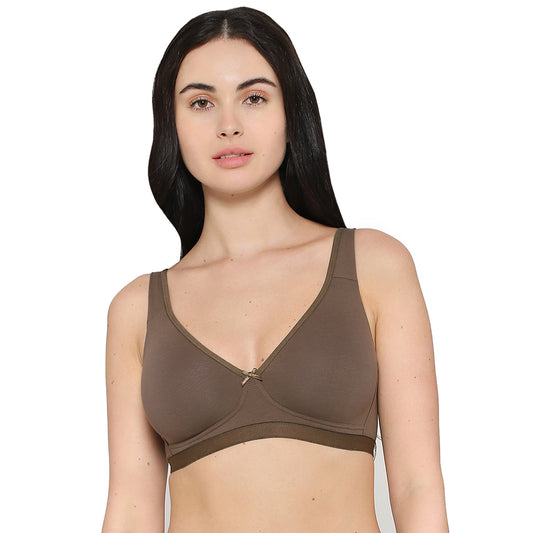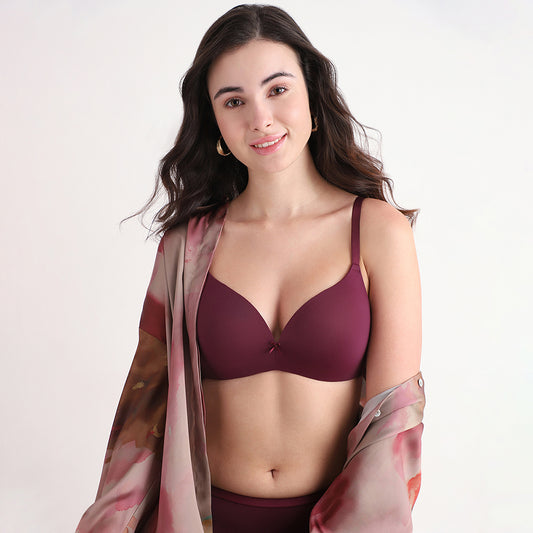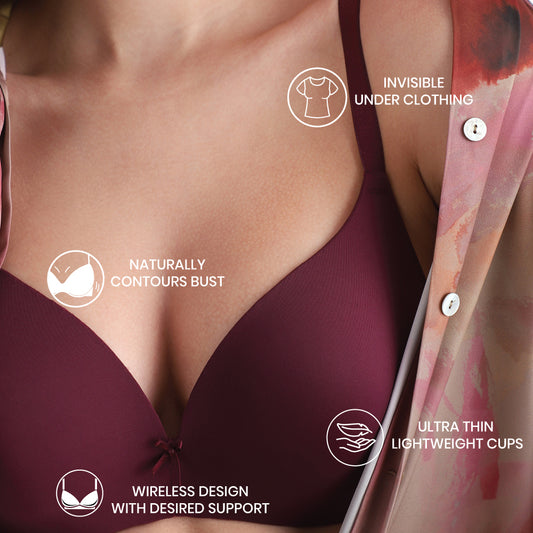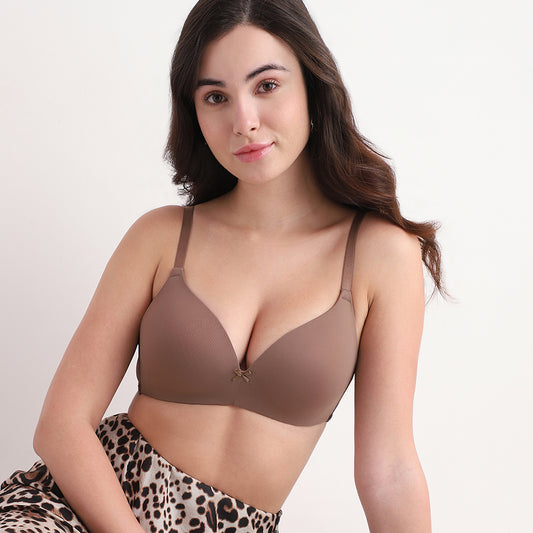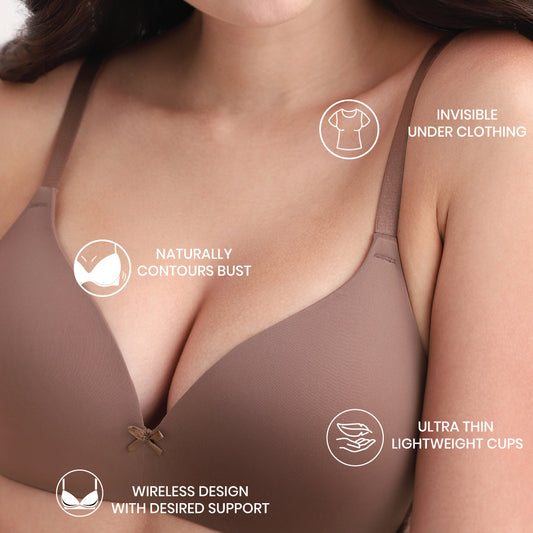Did you always think a sports bra and a running bra are the same things? Well, you are not alone! For most people, a sports bra is seen as a one-size-fits-all solution for any kind of workout. But if you've ever worn a regular sports bra during a high-impact run and ended up sore, chafed, or unsupported, you know there is more to it.
Enter the running bra—a high-impact, purpose-built version of the sports bra that offers the structure and support needed for one of the most demanding physical activities out there. So, what exactly is the difference between a sports bra and a running bra? And how do you know which one is right for you?
Let’s break it all down.
What Is a Sports Bra?
A sports bra is designed to reduce breast movement and provide support during physical activity. It could be a low-impact, medium-impact, or high-impact. Low-impact activities include yoga, Pilates, or walking. While high-impact activities go all the way to HIIT or aerobics, but do not always include running. Most sports bras use compression, pressing your breasts flat against the chest wall. This works well for less bouncy activities, but it’s not always enough for high-impact motion.
Three key features:
#1. Moisture-wicking fabric
#2. Pullover or racerback design
#3. Snug, stretch-based support
They're great for general workouts, but running demands more specialized support, which is often provided by the running bra.
Let’s look at the difference between the two.
Please explore these options to discover a variety of choices:
Asean Sports Padded Non-Wired Full Coverage Full Support High Intensity Sports Bra - Grey
Sport Non Padded Wired Full Coverage Full Support High Intensity Sports Bra - Blue
Sports Lover Padded Non-wired Cross Back Medium Intensity Full coverage Sports Bra - Pink
Sports Lover Padded Non-wired Racer Back Medium Intensity Full coverage Sports Bra - Black
Sports Lover Padded Non-wired Strappy Medium Intensity Full coverage Sports Bra - Blue
What Is a Running Bra?
A running bra is a high-impact sports bra specifically designed to handle the intense, repetitive motion of running. It prioritizes bounce control, encapsulation, and chafe-free comfort—critical for runners of all bust sizes.
Five key features:
#1. Encapsulation support: Each breast is held in a separate molded cup.
#2. Wide, adjustable straps: Reduce strain and improve stability.
#3. Structured design: Limits vertical and lateral movement.
#4. Anti-chafe materials: Flat seams or bonded edges to prevent irritation.
#5. Sweat-wicking and breathable fabrics: Keep you cool and dry.
Think of a running bra as the equivalent of a good pair of running shoes—it’s gear that’s made for the job. While a running bra is a highly engineered piece of athletic wear built for intense activity, sports bras are more general-purpose—and often not up to the task of running.
Please read this article about sports bras: What are the benefits of a sports bra?
How to Choose the Right Bra for Running
Now that we understand what makes it so specialized, let’s look at what you need to keep in mind while selecting your sports bra.
Get Fitted Regularly: Your size can change over time. Recheck your measurements every 6–12 months, or use a professional fitting service.
Look for Encapsulation: Especially if you’re full-busted, choose bras that support each breast individually. Hybrid options with compression and encapsulation offer the best of both worlds.
Prioritize Adjustability: Straps and bands should adjust for a snug—but comfortable—fit. A bra that’s too loose won’t support you, but one that’s too tight can restrict breathing.
Focus on Fabric: Look for sweat-wicking and quick-dry material. But that’s not all, you also to check for smooth and breathable cups, flat or bonded seams, mesh panels for airflow
Do a Bounce Test: Jump up and down or jog in place. Your chest should feel supported and still. If anything shifts, sags, or digs in, try a different size or style.
Please read this article for a better understanding of all body shapes: Can Sports Bras Be Worn for Everyday Activities?
Why It Matters: Comfort, Health, and Confidence
Did you know that a good sports bra reduces bounce by 75%? That’s why wearing the right bra while running isn’t just about how you look. It’s about how you feel, how you perform, and how you take care of your body.
A good sports bra reduces breast pain and soreness, prevents chafing and skin irritation, protects ligaments, and improves your posture and support. Bur, most importantly, it boosts confidence so you can focus on your run—not on adjusting your bra.
Running without proper support isn’t just uncomfortable—it can lead to long-term damage to breast tissue and ligaments. You wouldn’t wear casual sneakers for a marathon—so don’t wear a general sports bra for your runs.
A running bra is not just another sports bra—it’s performance gear. Whether you're just starting your running journey or training for your fifth 10K, wearing the right bra will make every mile more comfortable.
Invest in a bra that supports you the way your shoes do. Your body—and your confidence—will thank you.
Please read this article to find the right bra for everyday wear: The Definitive guide to choosing the right Bra for your every dress





